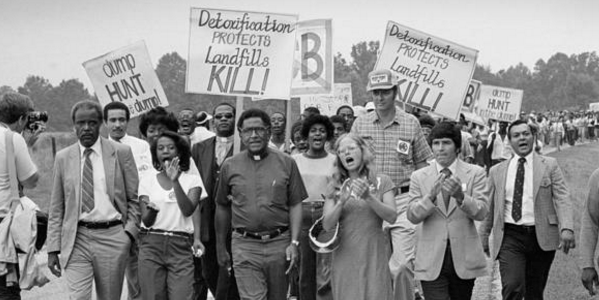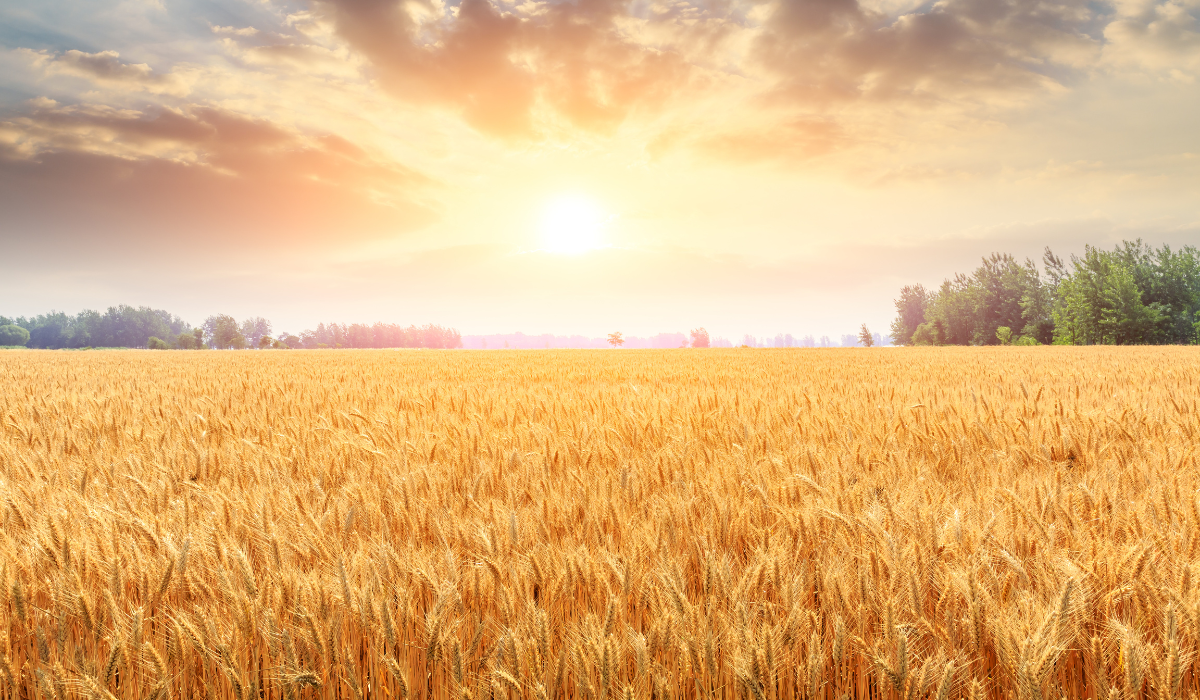
If you’re part of the ethy community, then you’re probably already clued up about climate change and the importance of sustainability within your business. It’s brilliant that more businesses than ever before are putting climate considerations at the forefront of their operations, ensuring they have as little impact on the environment as possible.
But minimising our environmental impact is just one part of the sprawling climate crisis puzzle. While most of us are aware that climate change brings with it a raft of threats such as extreme weather events, health risks and food shortages, we don’t often consider how these challenges will be distributed across the world.
As findings from the IPCC show, the biggest climate change risks will largely be concentrated in developing countries within the Global South. Or in other words, within the countries that are the least responsible for creating emissions – and therefore driving manmade climate change – in the first place. And it’s these countries that are the least able to adapt to and mitigate climate risks. The climate justice movement, therefore, seeks to address this global challenge, and ensure that no one community, nation or region suffers disproportionately as a result of other nations’ climate activities.
There’s no universally-agreed definition of climate justice, but we like this one from researcher and campaigner Dr Mandy Meikle:
“Climate justice recognises humanity’s responsibility for the impacts of greenhouse gas emissions on the poorest and most vulnerable people in society by critically addressing inequality and promoting transformative approaches to address the root causes of climate change.”
A brief history of climate justice
The climate justice movement as we know it today mainly has its roots in the environmental justice movement that began in Warren County in North Carolina back in 1982. City planners wanted to build toxic waste dumps and landfills in or near black communities. The activism resulting from this led to the first National People of Color Environmental Summit in 1991, which broadened the scope to other environmental issues, such as public health and transport.

Image: Warren County toxic waste protests, 1982
This was pivotal in getting the idea of ‘climate justice’ into international development thinking. For example, COP6 at the Hague in 2001 saw the first Climate Justice Summit, and then in 2002 the Bali Principles of Climate Justice were adopted by an international coalition of NGOs at the Earth Summit of 2002 in Johannesburg.
The objectives of climate justice
It’s clear that there’s an injustice at play here, but what does the movement realistically hope to achieve, and how can it achieve it within the sprawling issue of climate change? Because even if we had the total buy-in of everyone on Earth to take action, we can’t control the weather, for example, or that some parts of the planet are naturally dryer or wetter than others, or that as a species we depend on food and water to survive.
However, we can help to level the playing field, and there are two main ways of doing this.
Firstly, we need to identify, foreground and understand the needs of individuals and groups most marginalised in the face of climate change and our responses to it.
Secondly, we need to work to dismantle the individual and structural systems of marginalisation, which include things like food inequity, lack of education, and economic dependency on the global north.
Interconnected challenges
Tackling climate injustice is a vast undertaking and unfortunately, there is no ‘silver bullet' solution. There are lots of interconnected factors to consider, for example:
- Should we take an intragenerational approach and focus on the needs of people right now, or should we take an intergenerational approach, which would focus on the needs of people that might not even be born yet?
- Should we focus on helping as many people as possible (an utilitarianist approach) or should we prioritise the needs of the most vulnerable first (an egalitarianist approach)?
- How do we determine whose responsibility it is to address climate injustice? Can we penalise a generation of people who might not have been aware of the consequences of their actions?
- How do we account for future uncertainties when we tend to pay attention to what’s here and now and what we know to be certain? We struggle with variables outside these perimeters because there are so many ‘what ifs?’ that the sheer volumes of potential outcomes can feel paralysing, so it feels easier to stick to the familiar.
The bicycle conundrum
Here’s a question to consider. Imagine you’ve been out on a bike ride, but now it’s getting late and you’re quite far from home. You’ve got two options:
- Take the paved roads home. It’ll take you longer and you’ll have to complete some of the journey in darkness, so it will be an inconvenience.
- Take a shortcut across a farmer’s field. Your journey will be shorter and easier, but in doing so you’ll destroy some of the farmer’s crops.
Taking the shortcut might have a serious impact on the farmer’s livelihood, which could in turn affect the well-being of his family. But then again it might not. So which do you choose?

A common response is this: “Could I get away with crossing the field?” And this is a really good example of the main driver behind the climate justice movement. Countries, governments, businesses and industries across the world have for a long time been figuratively cutting across the farmer’s field because they thought they could get away with it. Now, however, as science irrefutably shows, there are consequences to that.
Taking action for climate justice
As already mentioned, there are no hard and fast answers to the climate justice challenge. This guide is designed to get you thinking about it as a concept and to consider ways to integrate principles of climate justice into your operations. And the good news is that there are ways you can contribute to the cause. For example:
1. Give your supply chain a deep dive
If you’re with ethy then you’ve probably already taken good measures to ensure your supply chain is ethically-sound, but ask yourself if you can go a little deeper. For example, a particular material or product may well come from sustainable sources but consider its wider impact.
How does the harvesting or procurement of this material affect the communities from which it comes?
Does it contribute to a wider system of marginalisation?
Are the long-term benefits of its use properly understood?
The ethy sustainability standards that fall into this category to explore are (click on each to see standard, criteria and proof to verify the claim):
2. Give suppliers and vendors a voice
If you source materials or services from developing countries or marginalised communities, open up a narrative with those you do business with. What are their challenges? Are there ways you could work together to create better outcomes for all those involved in your operations?
The ethy sustainability standards that fall into this category to explore are (click on each to see standard, criteria and proof to verify the claim):
3. Give back financially
Do what you can to ensure at least a portion of your profits are being directly invested into the communities you’re working with. Or if you’re not working directly with at-risk communities, investigate potential partnerships and schemes that will allow you to support those most at risk of the impacts of climate change.
The ethy sustainability standards that fall into this category to explore are (click on each to see standard, criteria and proof to verify the claim):
4. Make climate justice a strategic consideration
Take steps to integrate climate justice thinking into your operations, and into your communication with customers. Remember that once upon a time, sustainability was seen as something of a ‘bolt on’ or a ‘nice to have’ – now companies are striving to completely ingrain it within their DNA. It’s early days still, but as the climate change conversation becomes increasingly urgent, climate justice will become a central business consideration.
The ethy sustainability standards that fall into this category to explore are (click on each to see standard, criteria and proof to verify the claim):
Subscribe to ethy insights newsletter
Stay up to date on the latest industry news, research, blogs, events, and webinars. Tell us a little bit about yourself to help us deliver the information you care about.